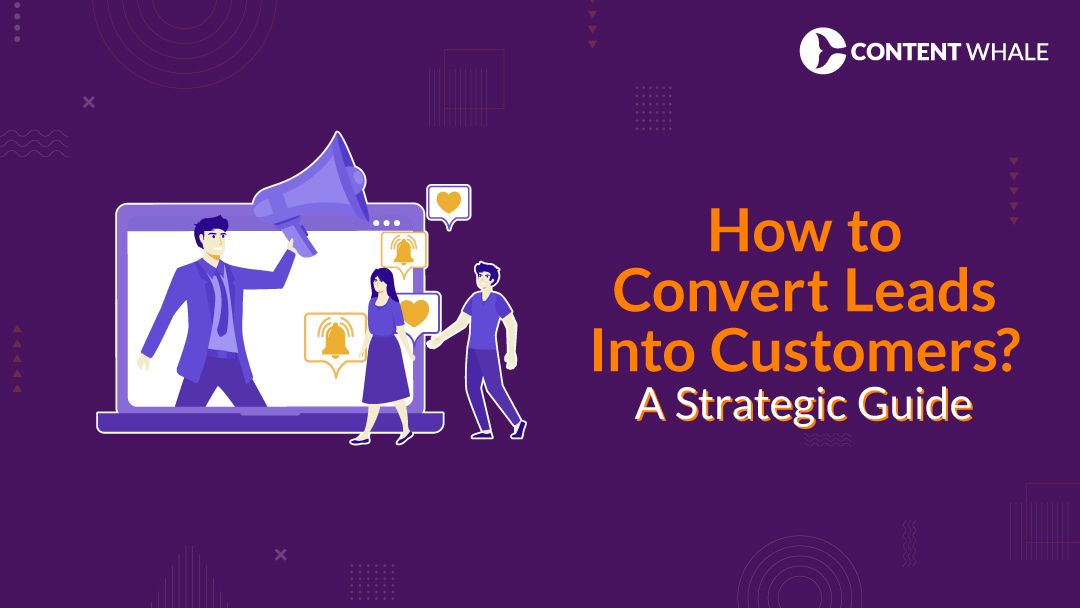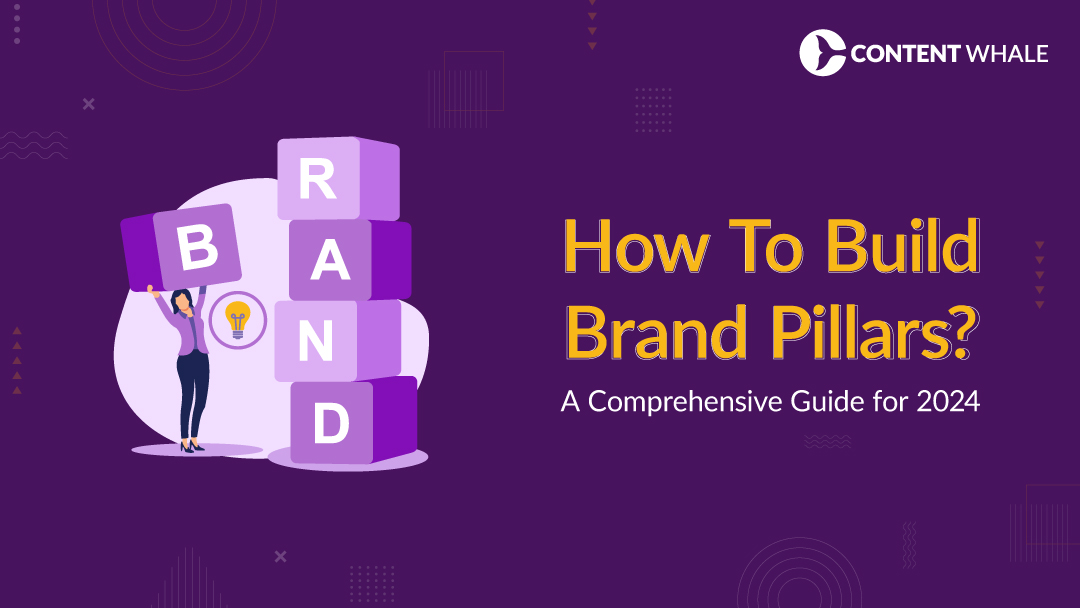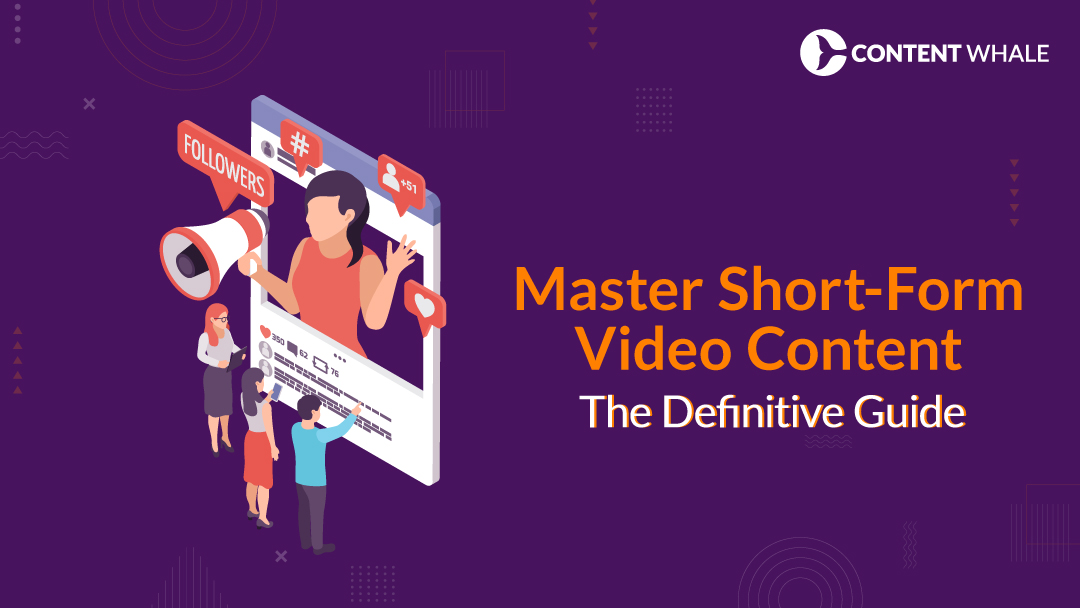How to convert leads to customers remains a fundamental question for any e-commerce business aiming to thrive. Converting leads into buyers is not just about making a sale; it’s about creating sustainable business growth. The challenges here are manifold, ranging from understanding customer behavior to effectively engaging them at every touchpoint.
E-commerce businesses often struggle with how to convert potential customers into buyers e-commerce, especially as competition intensifies and customer expectations rise. Strategies that focus on personalized communication and streamlined customer journeys are critical. It is essential to adapt and optimize these strategies continually to improve how to convert leads into sales effectively.
This strategic guide will delve into the core aspects of lead conversion, offering actionable insights and real-world examples how to convert potential customers into buyers example. We aim to equip you with the knowledge to not just meet but exceed your customer acquisition and conversion goals.
Understanding Lead Conversion
A lead in e-commerce refers to a potential customer who has shown interest but hasn’t bought anything yet. How to convert leads to customers involves transforming that initial interest into a sale. This process is crucial for e-commerce success because it directly impacts revenue and business growth.
Understanding how to convert potential customers into buyers in e-commerce requires knowing what motivates each lead. Each customer’s journey, from discovering your product to finalizing a purchase, is unique. Businesses need to map out these journeys to identify key engagement points.
Effective lead conversion strategies ensure that potential customers do not drop off before completing a purchase. This is where insights into customer behavior become invaluable. They help tailor experiences that convert more leads, crucial for how to convert leads into sales. This section explores these dynamics, providing a foundation for the strategies discussed later in this guide.
Key Strategies to Convert Leads into Customers

1. Personalize Your Communications
Personalization is key in learning how to convert leads to customers. Understanding customer needs allows for more targeted and effective communications. Tailoring messages to individual preferences increases engagement and likelihood of conversion.
For instance, sending personalized emails that recommend products based on previous purchases can significantly impact how to convert potential customers into buyers e-commerce. Such tactics make customers feel valued and understood, boosting their willingness to buy.
2. Implement Effective Follow-up Techniques
Regular and strategic follow-up is vital for maintaining interest and moving leads down the sales funnel. Effective follow-up keeps your brand top-of-mind and helps nurture the customer relationship.
Timing and content are pivotal in follow-ups. For example, sending a thank-you email after an initial interaction and a promotional offer a few days later can enhance how to convert leads into customers. Such strategies ensure ongoing engagement without overwhelming potential buyers.
3. Leverage Social Proof and Testimonials
Social proof is a powerful tool in convincing leads to make a purchase. Showcasing customer testimonials and reviews builds trust and credibility, influencing others’ buying decisions.
Incorporating user-generated content on product pages and during marketing campaigns can effectively demonstrate how to convert potential customers into buyers example. Seeing others vouch for your product can reassure new customers about the quality and value of your offerings, helping to close sales.
Each strategy discussed plays a crucial role in understanding how to convert leads into sales. By applying these personalized, engaged, and trust-building tactics, businesses can see a significant improvement in their conversion rates.
Tools and Technologies to Aid Conversion

Adopting the right Customer Relationship Management (CRM) system is crucial for effectively converting leads into customers in the e-commerce sector. Advanced CRM technologies, particularly those integrating artificial intelligence (AI) and machine learning, are pivotal in enhancing customer interactions and personalizing the shopping experience. These technologies allow for an in-depth analysis of customer behavior, aiding in more precise targeting and marketing efforts.
Automation is a key feature of modern CRM systems, streamlining customer interactions and operational processes. For example, CRM systems can use chatbots for customer communication and automated workflows to nurture sales prospects, which are crucial for moving leads through the sales funnel efficiently.
Mobile Optimization of CRM platforms is another significant trend. As mobile commerce continues to grow, mobile-optimized CRMs provide businesses the flexibility to manage customer interactions on the go, which is increasingly important in today’s market.
Social Media Integration plays a vital role in modern CRMs. With the ubiquitous use of social media, CRM systems that can integrate with platforms like Facebook, Twitter, and Instagram to collect and analyze customer feedback are increasingly beneficial. This integration helps businesses personalize their services further and respond more adeptly to customer needs.
Data Security and Privacy are paramount, with modern CRM systems adopting robust security measures such as enhanced encryption and secure access controls. These features help protect sensitive customer data and comply with regulations like GDPR and CCPA, building trust and safeguarding against data breaches.
Integration with IoT and Big Data is an emerging feature in CRM systems. This integration allows businesses to leverage data from IoT devices for a deeper understanding of customer preferences and behaviors, enabling more targeted marketing strategies and operational efficiencies.
In terms of specific CRM platforms suitable for e-commerce:
- Zoho CRM is praised for its inventory management capabilities and extensive integration options, making it ideal for e-commerce businesses that need robust, all-in-one solutions.
- Salesforce and Microsoft Dynamics 365 are suitable for larger organizations due to their comprehensive suite of applications and strong analytics capabilities.
- HubSpot CRM is known for its ease of use and broad range of capabilities, making it a great choice for businesses of various sizes.
These CRM systems not only help manage customer relationships but also provide powerful tools for data analysis, marketing automation, website analytics, and sales force automation, which are essential for understanding how to convert leads into customers effectively.
Common Mistakes to Avoid in Lead Conversion
Successfully strategizing on how to convert leads to customers hinges not just on what you do right but also on avoiding critical pitfalls that can derail your efforts. Here are some key errors to avoid, based on recent insights from the e-commerce industry:
| Mistake Category | Common Mistakes | Impact on E-commerce | Recommendations |
|---|---|---|---|
| User Experience and Design | Overuse of Pop-ups | Frustrates users | Use pop-ups sparingly and ensure they are relevant and targeted |
| User Experience and Design | Poor Navigation and UX Design | Reduces user engagement | Streamline navigation and enhance interface usability |
| User Experience and Design | Neglecting Page Load Speed | Increases bounce rates | Optimize images, use CDNs, minimize plugins |
| Mobile Optimization | Not Optimizing for Mobile | Misses mobile shoppers | Ensure site is responsive and mobile-friendly |
| Trust and Security | Ignoring Trust Signals | Decreases customer trust | Display reviews, certifications, and security badges prominently |
| Payment and Shipping Flexibility | Inadequate Payment and Shipping Options | Limits customer options | Provide multiple payment and shipping methods |
| Content and Product Information | Inaccurate Product Information and Quality Visuals | Misleads customers | Use detailed descriptions and high-quality images |
| Customer Insights and Personalization | Lack of Customer Insight | Weakens targeting | Develop detailed customer personas and tailor marketing |
| Customer Insights and Personalization | Not Personalizing the Shopping Experience | Reduces conversion rates | Implement personalized recommendations and content |
| Data-Driven Decisions | Failing to Leverage Data | Ineffective optimizations | Use analytics tools to guide marketing and conversion strategies |
| Technical Optimization | Poorly Optimized Sales Funnels | Hampers conversion | Optimize sales funnels for mobile and cross-selling opportunities |
Detailed Case Studies on Effective Lead Conversion

1. Budapester
- Overview: Budapester, a luxury footwear retailer, faced challenges with low conversion rates on their website.
- Strategy Implemented: The company revamped its website layout to make unique selling propositions, such as free delivery and product availability, more visible. They reduced the size of their logo to enhance the visibility of key offers and restructured their shopping cart page to prominently display shipping options in a clear, green font.
- Results: These seemingly minor adjustments led to a 12.5% increase in overall conversion rates, with mobile conversions jumping by nearly 30%. This case exemplifies the impact of clear communication and streamlined design on customer conversion rates (ModernCMS).
2. BuildDirect
- Overview: BuildDirect, a company specializing in home renovation products, noticed that despite high website traffic, their conversion rates were suboptimal.
- Strategy Implemented: The firm undertook a complete site redesign focused on customer feedback and expert analysis. They improved site usability and content clarity to better highlight the benefits and value of their products.
- Results: The redesign and targeted conversion rate optimization strategies propelled a significant sales increase, boosting revenues by $1 million within a single month. This demonstrates the effectiveness of integrating voice-of-customer insights and professional analysis in enhancing e-commerce conversions (Shane Barker).
3. Edible Arrangements: Increasing Awareness and Urgency
- Overview: Edible Arrangements aimed to boost same-day sales but realized that many customers were unaware of this option.
- Strategy Implemented: The company introduced a large, prominently placed homepage banner that detailed the same-day delivery service. This banner included a countdown timer to the delivery cutoff time, creating a sense of urgency.
- Results: This straightforward yet effective change led to an 8% increase in same-day sales. This case highlights the importance of visibility and urgency in promotional strategies to improve conversion rates.
4. Amerisleep
- Overview: Amerisleep, an online mattress retailer, was experiencing high traffic but low conversion rates.
- Strategy Implemented: The company revamped its website messaging to more directly communicate the life-changing benefits of a good night’s sleep, as opposed to just a good night’s sleep. They made their product comparisons clearer and instilled a sense of immediate action in their copy.
- Results: These enhancements led to a 13.9% increase in checkouts, translating to millions in additional revenue. This example demonstrates how precise and targeted messaging that resonates with consumer experiences and expectations can dramatically increase conversions.
5. Seltzer Goods
- Overview: Seltzer Goods, initially inexperienced in digital advertising, sought to improve its brand reach and sales through Facebook ads.
- Strategy Implemented: They developed a Facebook advertising strategy from scratch, defining clear audience segments like “Add to Cart users” and “Key page visitors” to tailor their ads more effectively.
- Results: Their efforts yielded a 785% increase in monthly revenue and significant improvements in engagement metrics such as brand impressions and click-through rates. This case shows the power of well-executed social media advertising in driving sales and brand visibility.
These cases provide insightful strategies on optimizing e-commerce platforms, from improving user interface design and messaging to leveraging digital marketing tools effectively.

Successfully implementing strategies on how to convert leads to customers is essential for e-commerce growth. This guide has provided key strategies and real-world examples to help you enhance your conversion process.
Effective lead conversion requires understanding and implementing strategies that resonate with potential buyers. It’s not just about attracting visitors but converting them into loyal customers. We’ve seen from examples like Amerisleep and Seltzer Goods how crucial targeted messaging and smart advertising are.
To continue improving how to convert potential customers into buyers e-commerce, always test and refine your approaches. Learn from successful strategies, as discussed, to increase your sales effectively. Remember, every interaction is an opportunity to convert a lead.
Implement these strategies to see real changes in your conversion rates. Keep exploring new methods and technologies that could further enhance how to convert leads into sales and grow your business.

What is the best way to initially contact a lead?
Choosing the right method to contact leads depends on your target audience. Email remains a top choice due to its formality and efficiency. However, integrating a multi-channel approach including social media and SMS can enhance your initial engagement, aligning with strategies on how to convert potential customers into buyers e-commerce.
How often should I follow up with potential customers?
The frequency of follow-ups should balance persistence with respect, to avoid overwhelming the lead. A good starting point is to follow up within a week of the initial contact, then adjust based on their responses or engagement level. Timely follow-ups are essential for how to convert leads into customers effectively.
What are the most effective personalization techniques for converting leads?
Effective personalization techniques include using the lead’s name, referencing their specific interests or past interactions, and recommending products based on their browsing history. Tailored content is highly effective in demonstrating how to convert potential customers into buyers example.
How do customer testimonials influence lead conversion?
Customer testimonials build trust and validate your product or service quality through real-life endorsements. Displaying them prominently can directly influence purchasing decisions and is a proven tactic in how to convert leads into sales.
What are common tools used for tracking lead conversion rates?
Popular tools for tracking conversion rates include Google Analytics, CRM software like Salesforce or HubSpot, and specialized conversion tracking tools like Crazy Egg or Hotjar. These tools provide insights necessary to refine strategies on how to convert leads to customers.





